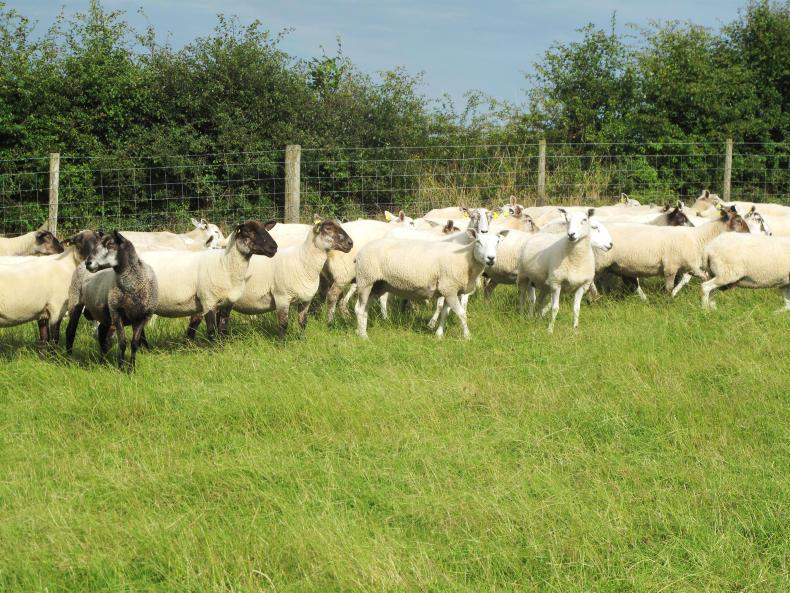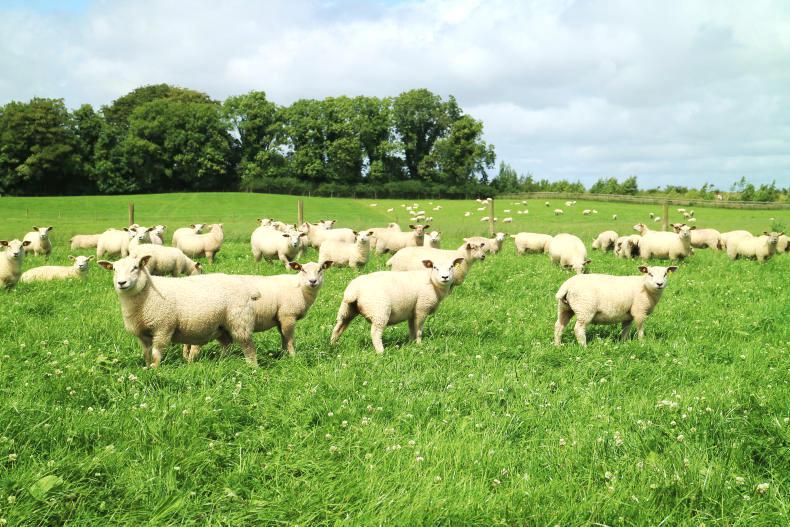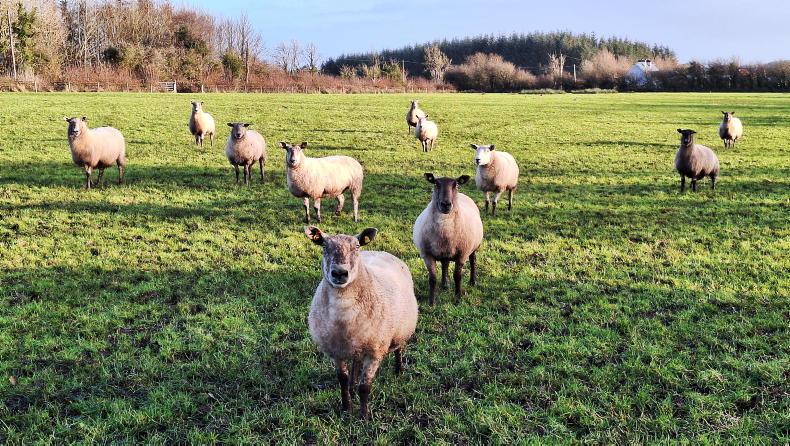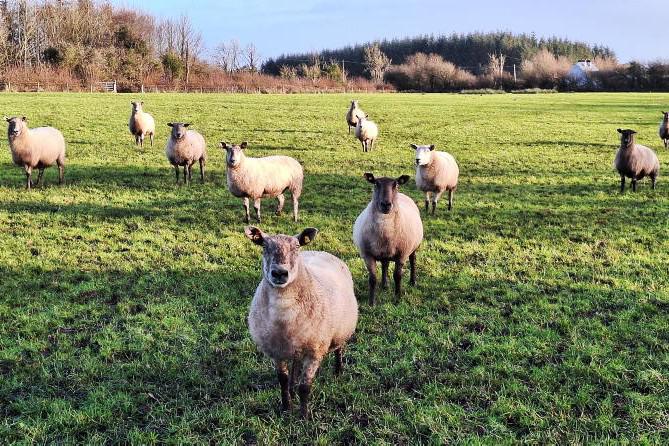The two types of weaning practised on farms are gradual and abrupt. Farmers find merits in both systems. Gradual weaning, where a number of ewes are removed from the flock in stages, tends to reduce stress. Fewer lambs are unsettled and those that are stressed generally settle quicker.
The downside here is where ewes and lambs are grazing poor-quality swards, with performance in weaned lambs hit harder. There is also a labour component in flocking animals, but many combine this with weighing and drafting lambs, which balances this.
Abrupt weaning
In abrupt weaning, all lambs are separated from ewes in one go. This can lead to higher stress levels at first, but lambs generally settle quickly. Disruption is minimised where lambs have access to high-quality leafy swards, which also limits any setback in performance. It is important to note that in the latter option good fencing is needed, with lambs taking longer to settle.
Once ewes have been weaned, the mistake is frequently made of failing to take remedial action quickly enough with those that have lost excessive weight during lactation
The other factor that will influence the decision made is grass supplies available. The high growth rates in recent weeks saw a lot of surplus paddocks being taken out of the rotation and baled. Farmers in many parts of the country have made this move and have now gone a few weeks without rain and are finding that growth has slowed up considerably. This is especially evident in swards which have been cut for silage, with crops where a heavier cut was taken taking longer to recover. In such cases, abrupt weaning will work better than gradual weaning as the best grass available can be prioritised to lambs.

Tightening up ewes on bare pastures or using them to graze out paddocks will deliver benefits in helping ewes to cease producing milk while giving a chance for grass supplies to recover. Farmers in such a situation should continue to apply fertiliser, with forecast rain likely to deliver a significant boost in growth rates.
Weaning is also the ideal time to identify ewes with conditions such as pendulous udders or lumps in their udder. Once ewes have been weaned, the mistake is frequently made of failing to take remedial action quickly enough with those that have lost excessive weight during lactation. Farmers are reporting a big variation in this regard.
Nutritional stress
Ewes that lambed early and were in greater nutritional stress in cases suffered a drop in milk yield and apportioned more nutritional intake in late lactation towards maintenance and regaining condition. Other ewes which were milking strong are showing the effects of the challenging spring. Once dry, ewes which lost excessive condition should be prioritised and allowed access to better-quality grazing to regain condition while ewes requiring maintenance feeding can be used to graze out paddocks and improve quality of regrowth.
Read more
Sheep management: replacements, lambs and hoggets
Sheep grazing: it’s all about keeping it fresh
The two types of weaning practised on farms are gradual and abrupt. Farmers find merits in both systems. Gradual weaning, where a number of ewes are removed from the flock in stages, tends to reduce stress. Fewer lambs are unsettled and those that are stressed generally settle quicker.
The downside here is where ewes and lambs are grazing poor-quality swards, with performance in weaned lambs hit harder. There is also a labour component in flocking animals, but many combine this with weighing and drafting lambs, which balances this.
Abrupt weaning
In abrupt weaning, all lambs are separated from ewes in one go. This can lead to higher stress levels at first, but lambs generally settle quickly. Disruption is minimised where lambs have access to high-quality leafy swards, which also limits any setback in performance. It is important to note that in the latter option good fencing is needed, with lambs taking longer to settle.
Once ewes have been weaned, the mistake is frequently made of failing to take remedial action quickly enough with those that have lost excessive weight during lactation
The other factor that will influence the decision made is grass supplies available. The high growth rates in recent weeks saw a lot of surplus paddocks being taken out of the rotation and baled. Farmers in many parts of the country have made this move and have now gone a few weeks without rain and are finding that growth has slowed up considerably. This is especially evident in swards which have been cut for silage, with crops where a heavier cut was taken taking longer to recover. In such cases, abrupt weaning will work better than gradual weaning as the best grass available can be prioritised to lambs.

Tightening up ewes on bare pastures or using them to graze out paddocks will deliver benefits in helping ewes to cease producing milk while giving a chance for grass supplies to recover. Farmers in such a situation should continue to apply fertiliser, with forecast rain likely to deliver a significant boost in growth rates.
Weaning is also the ideal time to identify ewes with conditions such as pendulous udders or lumps in their udder. Once ewes have been weaned, the mistake is frequently made of failing to take remedial action quickly enough with those that have lost excessive weight during lactation. Farmers are reporting a big variation in this regard.
Nutritional stress
Ewes that lambed early and were in greater nutritional stress in cases suffered a drop in milk yield and apportioned more nutritional intake in late lactation towards maintenance and regaining condition. Other ewes which were milking strong are showing the effects of the challenging spring. Once dry, ewes which lost excessive condition should be prioritised and allowed access to better-quality grazing to regain condition while ewes requiring maintenance feeding can be used to graze out paddocks and improve quality of regrowth.
Read more
Sheep management: replacements, lambs and hoggets
Sheep grazing: it’s all about keeping it fresh












SHARING OPTIONS